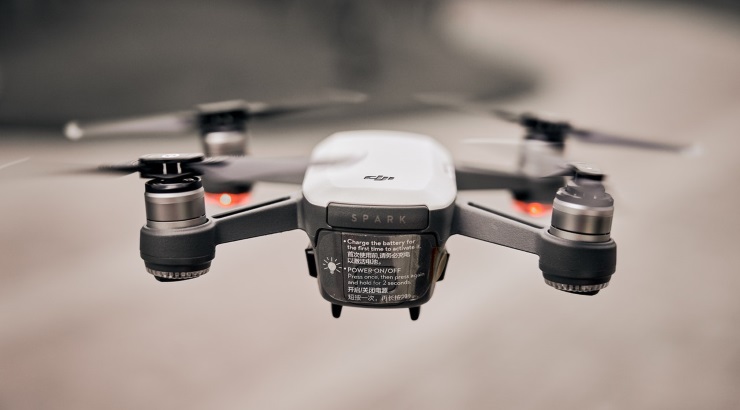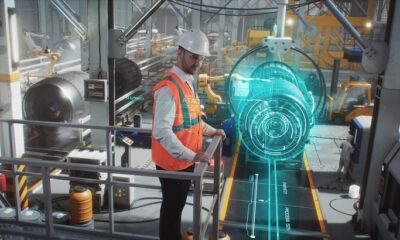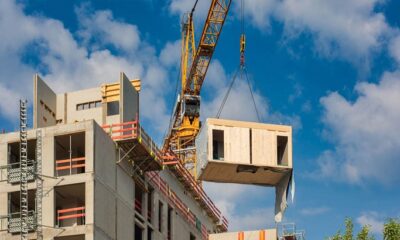Innovation
How drones are changing construction industry
Drones can be used to track progress on construction sites.

Players in the global construction industry are increasingly using drones to undertake remote site surveys prior to deployment of machinery on site – reducing the need for workers to make needless site visits.
Thanks to their ability to take detailed images that cannot be captured using traditional site surveying equipment, drones enable planners to accurately identify potential issues while allowing for better deployment of machinery once construction begins.
According to DroneDeploy, a San Francisco start-up that builds cloud software platform for commercial drones, construction recently saw a 239% annual increase in the application of drones, while surveying and real estate have doubled their intake of the technology.
Primarily used for bid process preparation, site planning, progress tracking, and construction site risk mitigation, drones have been found to be very instrumental in enhancing site safety and data collection, as well as promoting cost savings.
“Drones have become the go-to tool for construction firms to track, map, survey, inspect, and manage worksites more efficiently and safely,” says Dan Burton, founder of DroneBase, a drone pilot network that supports construction enterprises.
“Through aerial imagery and data, builders can map projects, report progress updates and gain insights through advanced analytics to make better, faster and more reliable decisions.”
Site inspection and photography
Since drones provide a bird’s eye view of a construction site, the unmanned aerial vehicles offer builders a range of benefits that cannot be matched by any other technology.
The devices are able to capture detailed, close-up images that are impossible with a photographer on the ground or in a helicopter.
“It is also a much safer solution than taking pictures from a crane and more affordable than a helicopter flight,” Burton says.
He adds that drones with thermal sensors and ground control points can help site managers to identify problems such as water leaks or concrete cracks more quickly.
Detailed overhead images showing erection sequences, crane locations or perimeter security can help identify segments where projects get clogged and even foresee potential hazards.
3D model of construction sites
In the United Kingdom, Windover Construction is using drones to create a 3D model of construction sites, which managers import into the company’s BIM workflow.
On the other hand, San Francisco-based Skycatch is recording all construction activity on its projects – feeding data into over 100 models that contain 3 million 3D building components.
READ: 7 Construction trends you might want to watch this year
In South Africa, unmanned aerial vehicles have been used to tackle the problem of corruption on construction sites, especially in Johannesburg.
Security surveillance
By using drones to track progress on construction sites, theft of building materials and equipment has been minimised while projects are completed on time and budget.
Drones are able to check if a piece of equipment is parked at a secure location on site thus minimising cases of equipment theft.
This is a great innovation considering that every year nearly a billion-dollar worth of equipment is stolen from jobsites worldwide, with less than a quarter of it recovered.












